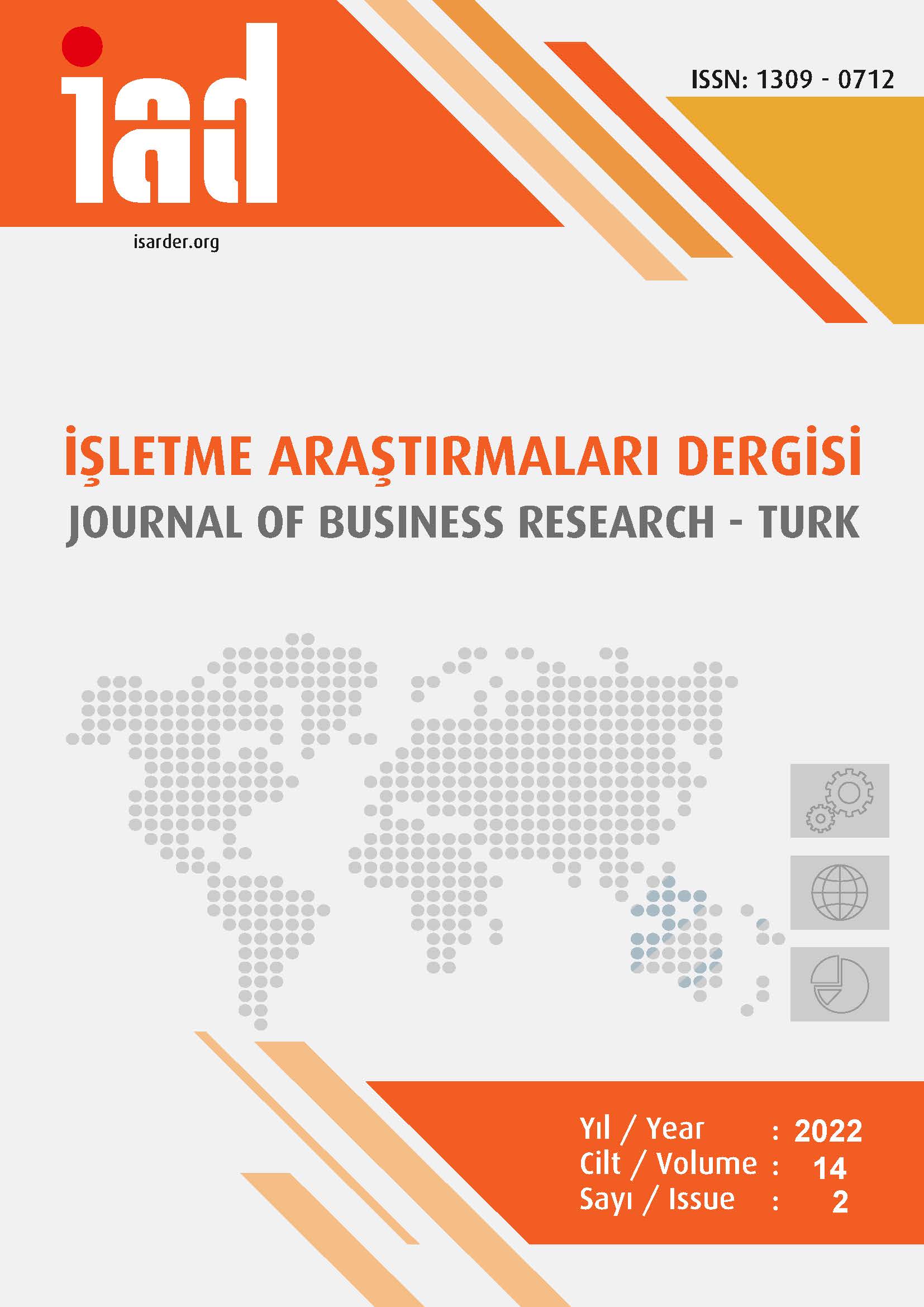A Research on the Applicability of the Theory of Constraints Approach in Accommodation Companies
Keywords:
Cost and Management Accounting, Contemporary Costing Methods, Thermal HotelAbstract
Purpose – The aim of the study is to determine the constraints in the accommodation companies, to remove the constraints and to examine their effects on the profit of the company within the scope of the five-stage continuous improvement process, which is one of the elements of the theory of constraints. Design/methodology/approach - In the study, qualitative research method was used. For the purpose of the study, a case study was performed in a four-star thermal hotel operating in Çankırı/Turkey. In this context, the first descriptive case study was carried out in the thermal hotel and the current service and cost system of the hotel was examined. Then, by performing an exploratory case study, the effect of the theory of constraints on the profitability of the company was analyzed as a result of determining the constraint affecting the performance of the company with five application steps and presenting a solution proposal for the elimination of the related constraint. Findings – In the application, it has been determined that there is a capacity constraint based on the 2019 data of the hotel. The capacity constraint arises from the inadequacy of the operating resources against the demand in the realization of the activities in the company. It has been observed that there has been an increase of approximately 11.13% in the operating profit with the solution proposal for the elimination of the constraint. Discussion – In the study, by applying the five-step continuous improvement model of the theory of constraints, the constraints in the hotel's activities were defined and a solution proposal was presented for the elimination of the constraint. As a result of the proposal, the change in the profit of the enterprise is explained with the help of the contribution type income statement. In addition, some suggestions were made to the hotel business to increase the annual occupancy rate. From this point of view, a market constraint can be seen. New agreements and campaigns can be organized in order to increase sales. By increasing the variety of promotional activities and services offered, an increase in demand and therefore an increase in profit can be achieved. The results of the study cannot be generalized to the accommodation sector as a whole. However, the results of this case study can guide other hotel managers in applying the results from the theory of constraints to their hotels.
Downloads
Published
How to Cite
Issue
Section
License

This work is licensed under a Creative Commons Attribution-NoDerivatives 4.0 International License.





